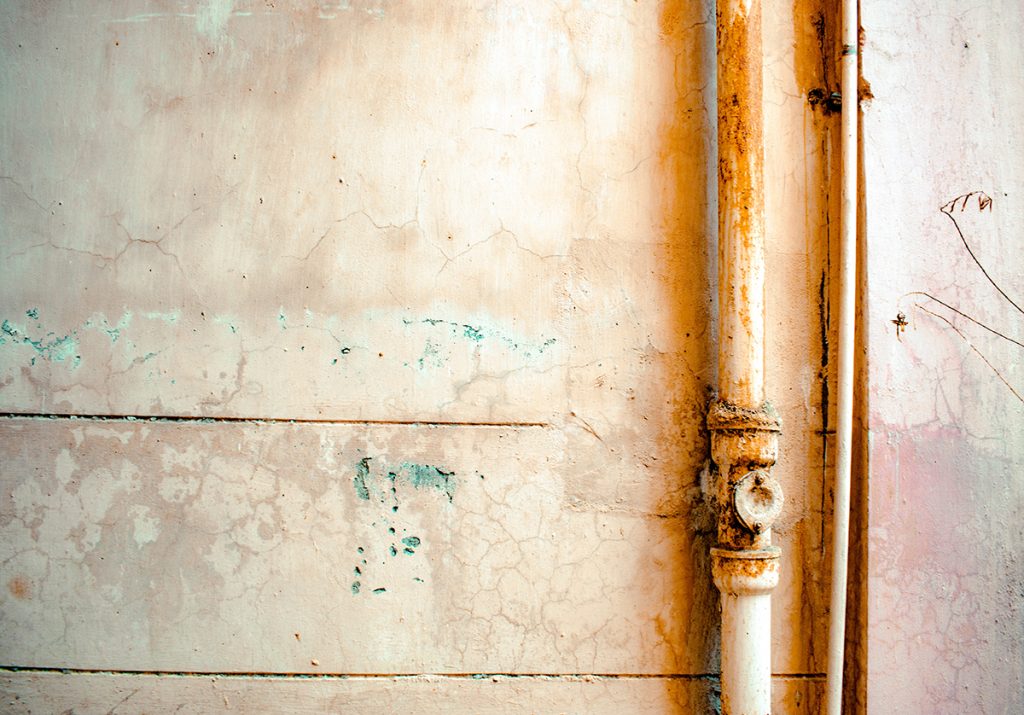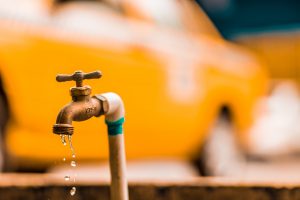
Countries with special building codes that are enforced can prevent devastating structural damages. Apart from building codes, maintaining plumbing systems is easy when builders adhere to plumbing standards. According to Australia’s plumbing standards regulations, certified plumbers must follow the technical requirements for the design of plumbing systems, and installation of materials. Let’s explain what some of the notable plumbing codes in Australia mean.
What Is A Plumbing Code?
A code of practice defines how professionals in certain industries should behave when they execute projects. Generally, the code of practice is a set of technical provisions or guidelines for a specific industry. When government regulators implement a code of practice concerning any sector, everyone expects compliance because codes are often backed by legislation. Inspectors ensure compliance during civil constructions and sanction erring contractors. Also, approval will not be given to plumbing systems that violate the Plumbing Code of Australia.
How Does the Plumbing Code of Australia (PCA) Work?
Usually, any set of building rules in Australia is part of the overall National Construction Code. Like the Plumbing Code of Australia (PCA), industry regulators ensure that plumbers use the right designs, materials, and follow technical details during installation and maintenance tasks which include the clearing of a blocked drain. Every state in Australia and territory adopts the Plumbing Code of Australia 2019 (PCA). So, these set of codes apply to plumbers and building contractors.
In simple terms, the PCA is a pact between territory and state plumbing acts and regulations. Apart from the construction of facilities that use water, the technical provisions in Australia’s plumbing code cover maintenance jobs, replacement, and upgrades. Additionally, it’s the duty of the Australian Building Codes Board (ABCB) to ensure that contractors are compliant.
Description of Plumbing Code of Australia (PCA)

To make general inquiries regarding plumbing and drainage plumbing projects, visit the Water Efficiency Labeling and Standards Regulator (WELSR) in Australia. However, building and plumbing contractors will need to certify and authorize their designs before commissioning any project. Some aspects of plumbing and drainage projects require basic levels of compliance from the PCA.
- Water services, and residential drainage systems
- Sanitary plumbing, and stormwater drainage systems
- Heating, ventilation, and air conditioning (HVAC) systems
- Onsite facilities for wastewater (treatment) management systems
- Onsite facilities for liquid and waste management systems
Benefits of the Plumbing Code Of Australia
With the plumbing code, contractors can achieve acceptable standards during installation, and maintenance of plumbing systems. The right standards will improve hygiene, public health, safety, and quality of facilities. Also, ensuring proper plumbing codes helps to sustain infrastructure, manage resources, conserve the environment, and water. While ensuring the accountability of contractors, plumbing codes help to set up a transparent framework that checks the quality of materials. Materials of lower quality have been proven to be bad for the long run as these create more problems fast which would require more frequent drains repair. Additionally, the PCA is a national objective for assessing the performance of plumbing and construction projects.
Some Notable Plumbing Codes
Sanitary Drainage Systems
Sanitary plumbing codes for drainage systems cover sanitary appliances and fixtures. This regulation prevents loud noises from plumbing and disposal systems. So, contractors should install sound insulators on plumbing and drainage systems. It will dampen the noise from built-in mechanical components.
Accessible Plumbing and Drainage Fixtures for People with Disability
The requirements for designing and constructing sanitary facilities in any building must be friendly to people with disability. In the PCA, there’s a clear directive that plumbers should implement accessible facilities for people with disability.
Water Services
These requirements include verification processes for pressure and temperature control devices. Under the water service section of Australia’s plumbing code, warm water systems must maintain specific storage temperature. Also, the regulation requires heated water service pipes and drinking water pipes to be connected.


